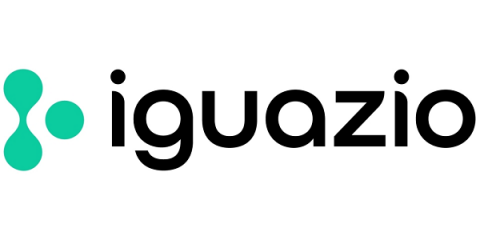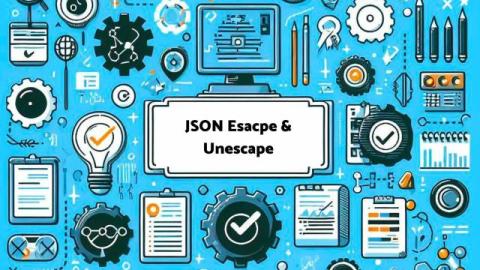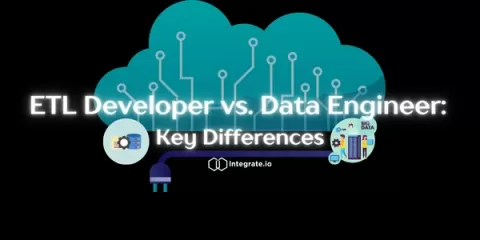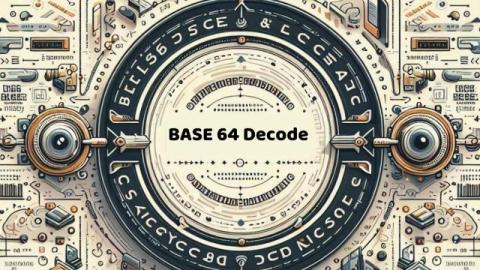Geekbot: The Ultimate Tool for Seamless Team Communication
These days, where web professionals juggle multiple projects and tight deadlines, efficiency isn’t just a goal—it’s a necessity. Geekbot emerges as a beacon of productivity for teams using Slack and Microsoft Teams. With years of industry experience, many have seen tools come and go, but Geekbot stands out for its ability to keep teams engaged, projects on track, and communication seamless, ultimately boosting overall team morale and performance.











